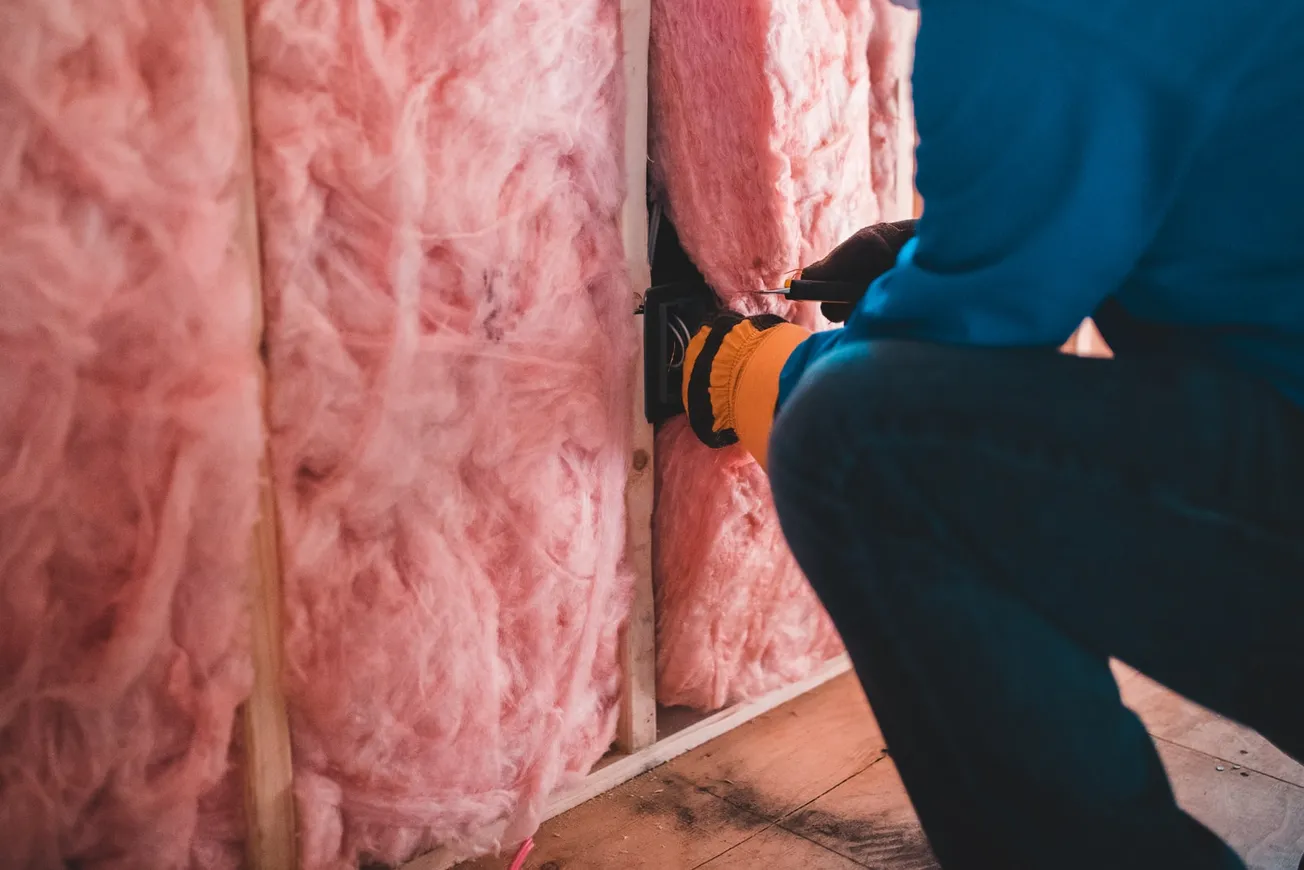Table of Contents
Bruce Welsh
Registered Architect
New Conservative Housing Spokesperson
New Conservative notes the proposed changes to the Building Code Insulation standards are causing a lot of heated debate. These were due to come into force in November but may now be delayed to May 2023.
So what’s the problem? Surely more insulation is better and saves our heating costs.
The proposal was in essence for ceiling insulation to double, floor insulation to increase, window insulation to about double and walls to remain about the same. For any new construction (new build or extension) the ceiling insulation would need to be about 300 mm thick. This means skillion roofs would need to be built with much more depth to fit the insulation. Aluminium windows would need to be thermally broken and double glazed, and concrete floors to have edge insulation.
Many in the building industry do not feel they have enough understanding to be able to implement these changes by the November date. More training needs to be given to those who will be constructing the houses to these new standards, so they know what to do and why.
When this insulation upgrade was proposed, BRANZ assessed the costs of the additional work at between $5,000 and $12,000 for a single storey house. Using energy savings, this had a payback period of about 20 years in Auckland and 10 years down south. Since then, some builders have questioned these cost figures and believe a more realistic figure, which includes the consequential changes to the basic structure of the house, would be about $30,000. If so, the payback period grows significantly to 108 years for Auckland houses and 23 years for Queenstown.
Other questions remain about how much the extra insulation will cause overheating inside these houses, and will having such a warm ceiling and relatively cold walls/windows lead to further internal condensation and mould? If windows are fitted to current weathertightness details, this will drastically reduce the thermal performance of the dwelling as the line of the double glazing is offset from the line of the wall insulation.
MBIE has tried to bring the European Passivhaus standard into the NZ Building Code without considering our varied climate, construction practicalities, or even the willingness of the consumer to pay for something that might not give an economic return.
“We need a Building Code that is designed for, and works for, New Zealand, not half of another country’s gold standard,” says New Conservative Housing Spokesperson, Bruce Welsh.









